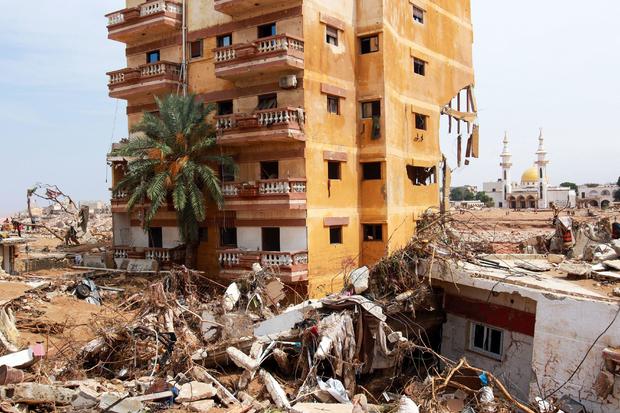The number of people killed by the devastating flash flooding in northern Libya remained unclear Thursday, due to the daunting scale of the catastrophe and political chaos that’s left the African nation divided between two governments for years, but it was undoubtedly well into the thousands. With survivors still desperately hoping to find the bodies of lost loved ones in debris-choked towns and cities, the United Nations said most of the thousands of deaths could have been avoided.
With better functioning coordination in the crisis-wracked country, “they could have issued the warnings and the emergency management forces would have been able to carry out the evacuation of the people, and we could have avoided most of the human casualties,” Petteri Taalas, head of the U.N.’s World Meteorological Organization, told reporters.

AFP/Getty
An enormous surge of water, brought by torrential downpours from Storm Daniel over the weekend, burst two upstream river dams and reduced the city of Derna to an apocalyptic wasteland where entire blocks and untold numbers of people were washed into the Mediterranean Sea.
Hundreds of body bags lined its mud-caked streets Thursday, awaiting mass burials, as traumatized and grieving residents search mangled buildings for the missing and bulldozers worked to clear streets.
Access to Derna remained severely hampered five days after the floods struck, as roads and bridges were destroyed and power and phone lines cut to wide areas.
How many are dead and missing in Libya?
There have been wildly varying figures provided by authorities in Libya, but The Associated Press quoted eastern Libya’s health minister, Othman Abduljaleel, as saying Thursday that more than 3,000 bodies had been buried in Derna alone, while another 2,000 were still being processed. He said most of the dead were buried in mass graves outside the city, while others were transferred to nearby towns and cities.
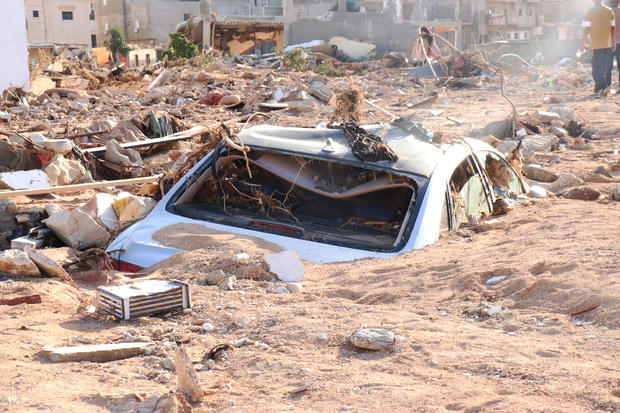
Abdullah Mohammed Bonja/Anadolu Agency/Getty
Authorities in the east put the death toll in Derna alone at 5,100 as of Wednesday, but that number was widely expected to keep climbing as the grim search through the flood debris continued, and a spokesman for an ambulance center in eastern Libya told the AP that at least 9,000 people were still missing.
The International Federation of Red Cross and Red Crescent Societies said earlier in the week that some 10,000 people were missing.
An official with the U.N.’s World Health Organization in Libya told the AP the number of fatalities could reach 7,000, given how many people were still missing, adding that “the numbers could surprise and shock all of us.”
Speaking to the Al Arabia television network, Derna’s Mayor Abdel-Raham al-Ghaithi said the final death toll could even be as high as 20,000.
Aid starts to arrive, with more help promised
The U.N., United States, European Union and multiple Middle Eastern, North African and European nations have pledged to send rescue teams and aid including food, water tanks, emergency shelters, medical supplies and more body bags.
Among the first aircraft to arrive in Benghazi, a 180 mile drive from Derna, were eight Emirati planes carrying rescue teams, hundreds of tons of relief goods and medical aid.
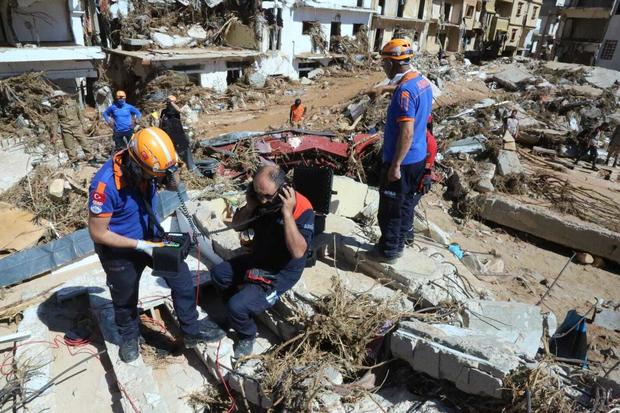
AFAD/ Handout/Anadolu Agency/Getty
The Tripoli-based government has declared a national emergency and deployed aircraft, rescue crews and trucks filled with aid.
The United Nations has pledged $10 million in support.
The need is huge, with at least 30,000 people made homeless in Derna and eastern areas, where other towns and villages were also hit by floods and mudslides, according to U.N. agencies.
Impacts of climate change and conflict combined
Climate experts have linked the scale of the disaster to the impacts of a heating planet, combined with years of chaos and decaying infrastructure in Libya.
Storm Daniel gathered strength during an unusually hot summer and earlier lashed Turkey, Bulgaria and Greece.
“Storm Daniel is yet another lethal reminder of the catastrophic impact that a changing climate can have on our world,” said U.N. High Commissioner for Human Rights Volker Turk.
While the floods were caused by hurricane-strength Storm Daniel, the damage was compounded by Libya’s desperately poor infrastructure. The country descended into chaos after longtime dictator Muammar Qaddafi was toppled and then killed in a NATO-backed 2011 uprising.
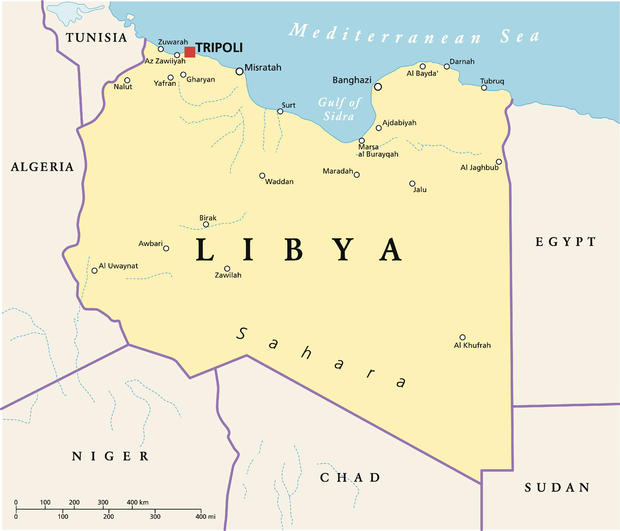
Libya remains divided between two rival blocs — the U.N.-backed, internationally recognized government in Tripoli, and a separate, rival administration based in Tobruk, in the disaster-hit east.
According to one report by a regional news outlet Thursday, citing an official with a Libyan “unity” government that has been recognized by only a handful of other nations, all maintenance on both of the burst dams stopped in 2011, when Libya started descending into the civil war that continues today.
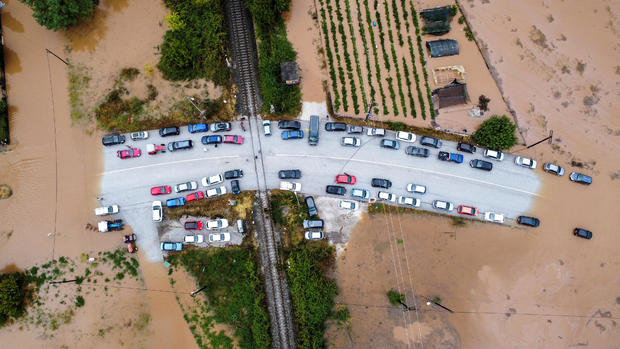
STRINGER/REUTERS
The U.N.’s Turk called on all sides in Libya “to overcome political deadlocks and divisions and to act collectively in ensuring access to relief… This is a time for unity of purpose: all those affected must receive support, without regard for any affiliations.”
In an additional threat, landmines left over from the war may have been shifted by the floods, warned Erik Tollefsen, head of the weapon contamination unit at the International Committee of the Red Cross.
